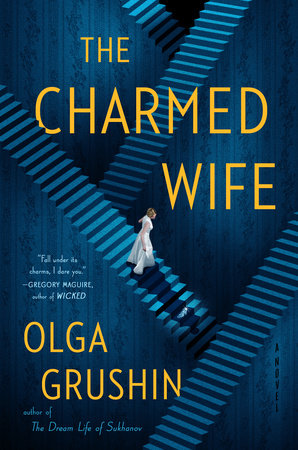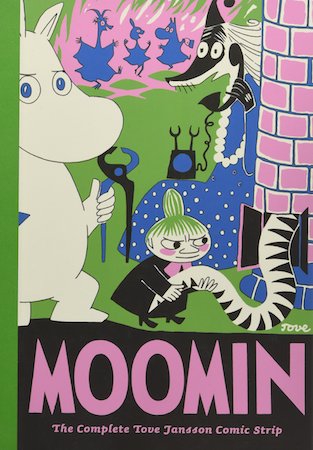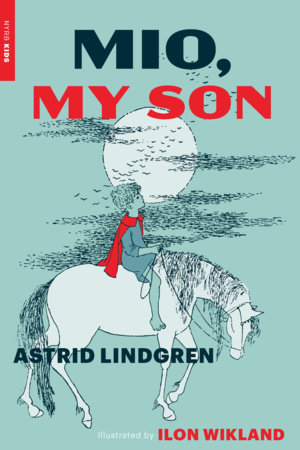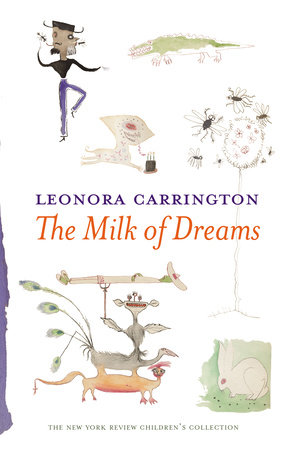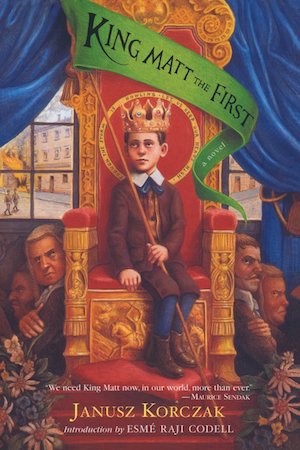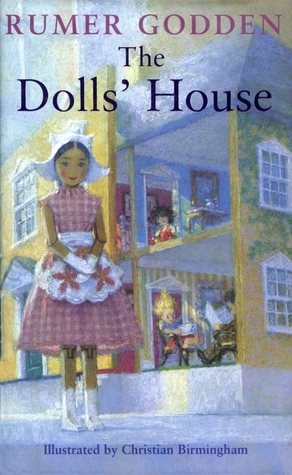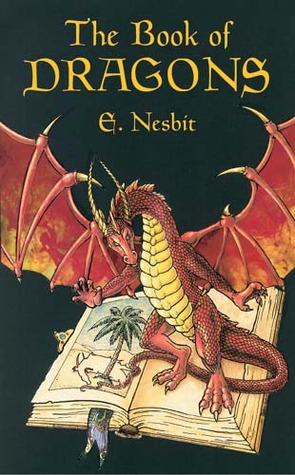If you enjoy reading Electric Literature, join our mailing list! We’ll send you the best of EL each week, and you’ll be the first to know about upcoming submissions periods and virtual events.
I have a confession to make: with nearly half a century behind me, I still read children’s books. The best are truly ageless—think Alice in Wonderland, The Little Prince, Winnie-the-Pooh. No other genre, to my mind, is as consistently capable of reawakening our sense of wonder and joy, of brushing the dust off our somewhat faded vision of the world.
In fact, I drew on my lifelong love of fairy tales and nursery rhymes in my own fourth novel, The Charmed Wife, a genre-bending mix of fantasy and realism that plays with storytelling conventions as it upends the familiar narratives of Cinderella, Sleeping Beauty, Bluebeard, and many other childhood favorites. True, my book features talking mice and divorce proceedings alike, and is decidedly not for the little ones, but I myself continue to find something deeply soothing in settling down with a cup of tea and a proper children’s book—and even more so now, during these anxious days of health worries, political unrest, and isolation.
So, if, like me, you gravitate toward more innocent pleasures as your comfort reads but have already exhausted all the old staples, here are some lesser-known offerings that may appeal both to the children in your family and to the child in you. Fair warning: many of these are darker, sadder, or odder than your regular boy-wizard, unicorn-princess fare. All are very good.
The Moomin Series by Tove Jansson
Quite simply, these are the best children’s books I know. I grew up in Russia, and the Moomin trolls were a vital part of my childhood, as they have been for every child in Scandinavian countries since their appearance some three-quarters of a century ago. They are beginning to gain a devoted following in the U.S. too, but are not a household presence yet. By all rights, they should be.
Written and illustrated by the Finnish Tove Jansson (1914-2001) and inspired by her bohemian upbringing, these books—eight novels, a collection of short stories, and a number of picture books and comics—cover the adventures of the easy-going, fun-loving Moomins and their quirky friends. The stories celebrate family, openness to new things and new people, love of nature, simplicity, hospitality—the most important things in life, in short—and they do so with subtle humor, charm, and wisdom.
The earlier books (Finn Family Moomintroll, Moominsummer Madness) are filled with summery pleasures, as delicious as strawberries savored amid carefree laughter at a June picnic. The later (Moominland Midwinter, Moominpappa at Sea, and Moominvalley in November) are more somber in spirit, with a distinct vein of wintry sadness running through them, but, in my opinion, they are the most rewarding of the lot. Oh, and whatever book you choose to start with (and once you start, you will read more), it is very important to remember: Moomins are NOT hippos.
Mio, My Son by Astrid Lindgren, illustrated by Ilon Wikland, translated by Jill Morgan
The Swedish writer Astrid Lindgren (1907-2002) is celebrated as the creator of the spirited Pippi Longstocking and the mischievous Karlsson-on-the-Roof, but she wrote many other books besides. In Mio, My Son, an orphan boy is whisked off to a faraway land where he discovers that he is a long-lost son of the king and it is his destiny to fight the sinister Sir Kato with a heart of stone.
Published in 1954, the same year as The Fellowship of the Ring, it too features a struggle of good versus evil and a villain who lives in a fortress with the evil red eye roaming over the land, but it has the singsong rhythm of a folktale. Children will enjoy an ancient well that whispers fairy tales every night, a forest full of flying horses, and a flock of bewitched birds, while adults will doubtless see that the story is not as straightforward as it appears and will appreciate the courage of a boy who uses imagination to escape his life of loneliness and heartbreak.
TheMilk of Dreams by Leonora Carrington
Leonora Carrington (1917-2011) was a British-born surrealist painter of starlit gardens, bird-filled mazes, and magnificent horses in bloom, a one-time partner of Max Ernst, and a writer of wonderfully enigmatic stories. At the age of 26, after a bout with madness, she moved to Mexico where she eventually married and had two children. This slim volume is filled with fantastical drawings Carrington painted on the walls of her sons’ nursery and fragments of dreamlike tales she told them, with math-minded monsters, headless boys, and just the right amount of nasty scatological humor to make you gasp and giggle.
Gallows Songs and In the Land of Punctuation by Christian Morgenstern
The German writer Christian Morgenstern (1871-1914) wrote haunting, pensive poetry in the vein of nonsense rhymes of Lewis Carroll, Edward Lear, and Mervyn Peake. His immense popularity in German-speaking countries has not waned to this day, but he was long considered untranslatable here. Today he can be found in several different English editions.
For a quick introduction, pick up the short picture book In the Land of Punctuation. A witty story of commas and periods going to war against semicolons, it is ostensibly aimed at younger readers, but adults will not fail to discern sinister political overtones in the plot. A longer collection of poems, Songs from the Gallows, is overall less gruesome (its name notwithstanding) and wildly inventive. You will meet creatures walking on their noses, the mysterious moonsheep, a cold that catches people, a lamp that darkens the daylight, an architect who has built a house out of empty spaces, and many other delirious creations. And if you happen to stumble upon an illustrated vintage copy, you will see that Morgenstern’s poems inspired, among others, H. A. Rey (famous as the creator of Curious George) and—drumroll, please—Paul Klee.
The Wonderful Adventures of Nils by Selma Lagerlöf
Another Swedish writer on the list—just what is it, I wonder, about those stark Scandinavian seascapes that predisposes one toward the best kind of children’s writing?—Selma Lagerlöf (1858-1940) was the first woman to win the Nobel Prize in Literature. This book was commissioned by a teachers’ association and intended as a geography lesson for Swedish children: Lagerlöf used the narrative to introduce various provinces of the country. If this sounds didactic and tedious, it is not. The story is simple. A boy is unkind to an elf, the elf punishes him by shrinking him to a tiny size, and the boy then joins a flock of wild geese in their seasonal migration.
This tale of growing up (both metaphorically and literally) glows with a great love of nature and is filled with much excitement—rat battles in medieval castles, wooden statues of old sailors that come alive, enchanted towns at the bottom of the sea, stately bird dances, and, best of all, the stern and wise leader of the geese, the old Akka from Kebnekaise. A childhood friend of mine used to say that she wanted to be Akka when she grew up. Because Akka is that kind of goose.
The Bears’ Famous Invasion of Sicily by Dino Buzzati
The Italian author of the existentialist masterpiece The Tartar Steppe, Dino Buzzati (1906-1972) also wrote a strange children’s book about a war between bears and humans that features a great snowball fight, a kidnapped cub, a bevy of ghosts, some ursine gambling and carousing, terrifying Marmoset the Cat, and enchanting illustrations by the author. Oh, and much of the narrative is in verse. It is certainly eccentric and quite dark in places, but it is also very moving and unlike anything else on your shelves.
Phantastes, “The Light Princess,” “The Golden Key,” and other fairy tales by George MacDonald
George MacDonald (1824-1905) probably needs the least introduction of anyone on this list. The Scottish poet and minister was a pioneer of modern fantasy and, as such, a great influence on C. S. Lewis and J.R.R. Tolkien, among others. True, many of his stories seem rather old-fashioned today, their symbolism a trifle heavy, their overtones preachy, the poetry, generously sprinkled throughout the texts, clumsy and sentimental; but the best of them—“The Light Princess” and “The Golden Key,” to name but two—are still striking in their beauty, and the experience of reading Phantastes: A Faerie Romance for Men and Women (1858) is much like a dreamlike, meandering sojourn along the hazy border between the mundane and the magical, absolutely worth undertaking.
King Matt the First by Janusz Korczak
A classic in its native Poland, this book was written in 1922 by physician and educator Janusz Korczak (1878-1942), who for years served as the director of a Jewish orphanage in Warsaw and, during the Nazi occupation, refused several offers of sanctuary and perished at Treblinka along with all his students. The story of an orphaned child who becomes a king and tries to change the world for the better reflects the harshness of its times and is not for the faint-hearted, filled as it is with ten-year-old cognac-swilling soldiers, grim depictions of war, and much grief. Also, while undoubtedly generous in spirit, it does suffer from some cringeworthy stereotypes borne of the period. That said, it takes children and their rights with the utmost seriousness, brilliantly explores the themes of personal responsibility and social justice.
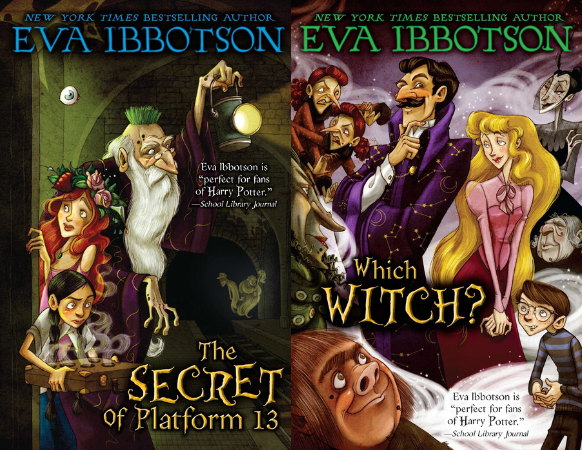
The Secret of Platform 13 and Which Witch? by Eva Ibbotson
Everything I have read by Eva Ibbotson (1925-2010) has been delightful—charming, lightly told, but with plenty of serious issues lurking beneath the fun. My personal favorites are the hilarious Which Witch?, about a dashing dark wizard’s tournament-style search for a bride, and The Secret of Platform 13, in which the old trope of an ordinary child transported to a fairy-tale kingdom is turned on its head. Here, a magical boy finds himself trapped in the mundane world of London for nine years, and the rescue party—consisting of an invisible giant, a batty fey, an old wizard, and a girl hag—set out to find him and bring him back to his royal parents.
The Doll’s House by Rumer Godden
“It is an anxious, sometimes a dangerous thing to be a doll. Dolls cannot choose; they can only be chosen.” Rumer Godden (1907-1998) was a prolific English author who wrote both for children and for adults. The Doll’s House, published in 1947, concerns a mismatched family of dolls that belong to two little sisters who inherit an old dollhouse, and a precious but cruel china doll to go with it. Told with great sensitivity and beauty, the tale celebrates mindfulness toward the weaker and the less fortunate, and will appeal even to readers who—like myself—do not care for dolls at all. And you will never look at dolls the same way again.
The Book of Dragons by E. Nesbit
E. Nesbit (1858-1924) wrote over sixty children’s books, including such classics as The Railway Children and Five Children and It. Her complicated life has not only been the subject of a couple of excellent biographies but also served as the inspiration for A.S. Byatt’s luminous novel The Children’s Book. This whimsical collection of eight stories, all united by the theme of dragons, is not particularly deep, but it is highly amusing and can be enjoyed in small doses. My twelve-year-old daughter, who has been prone to nightmares of late, keeps it under her pillow along with a flashlight, and swears it is the best remedy she knows for calming down after a bad dream. Sometimes you can ask nothing more of a book.
Bambi, A Life in the Woods by Felix Salten
If you thought the Disney movie was overly sad, do not pick up the original book, written in 1923 by the Swiss writer Felix Salten (1869-1945)—it will break your heart. If you do brave it, however, it will stay with you as one of the most powerful coming-of-age stories you are likely to read, as a child or an adult. A true classic.
The Three Golden Keys, Tibet, and The Wall by Peter Sís
Since it seemed wrong to conclude the list without someone currently alive being included on it, here is Peter Sís, a wonderful Czech artist and writer. Among his many picture books, The Three Golden Keys (1994)—about a man’s walk through his deserted childhood city much like Prague—and Tibet: Through the Red Box (1998)—about a fantastical Tibetan journey that starts with a father’s diary and its secrets—are visually arresting, intricate, and atmospheric. The Wall: Growing Up Behind the Iron Curtain (2007) is very different in mood, and will introduce younger readers to what it was like to be a child in another place and at another time—a vivid lesson in both history and empathy.

